One of the main topics discussed in the #revolution has been, if violence should be used or not by the protesters, to question who is violent and what is violence. The funny thing, is that as if a collective brain was working, protesters considered themselves non-violent, although they are framed in different contexts. It was not a slogan given by any leader nor the results of endless assemblies, it was just a general feeling. Non-violence is not a passive attitude but a new way of confronting the system escaping its logics by being unpredictable.
Some weeks ago there was an interview to a leader of ELN (colombian guerrilla) said “if in the 60s the most revolutionary thing to do was armed struggle, now it’s peace”. Somehow we are seeing this change of paradigm in the wave of protests(#Jan25, #15M, #OWS, #occupygezi, #vemprarua) going on since 2011, which declare themselves as non-violent movements, although police violence in many cases is extreme to the point of killing the protesters.
On each of the protests we have seen the use of art in politics, how the streets have acted as the communication channel, as the physical wall of facebook, the transmitter of the conversations taking place in and out of the social networks. And the streets have become the inspiration that had to be disseminated in the social networks. The real and the virtual world meet on the streets.
There are many things that have amazed me about #occupygezi, specially related to the capacity of using art for communication, which enables to share reflections beyond languages and at a global level. I like thinking that all these protests are part of one global change and they can’t really be isolated, but are really part of a learning process from previous experiences. First we are witnesses, then we become promoters.
One of the thing that has surprised me most, is the way police violence has been handle by #occupygezi protesters, how the use of humor has emerged from the streets, to deactivate fear to activate resistance.
Police brutality has been shown in many videos. The timeline of the protests had clear keywords, like tear gas, gas bombs, water cannons, batons, barricades, not forgetting that 4 people have been killed during the protests.
In the video we can see how the football fans ask the protesters to chant, as if they were in a football match instead of in front of the police.
There was a daily fog, made of gas, there were water cannons in the street amid that appear symbols as “the woman in red” and “the woman in black” which become icons of the resistance.
Creating these symbols, shows how the narration of the events prefers to conceive instead of passive victims, to think up symbols that give collective strength. Every woman and man are represented by these two women, in red and in black.
Art and creativity have been used as communication tools, for example making posters where it was shown the evolution of self-made gas masks, worn by protesters.
it also could be seen in the use of gas bombs as part of house decoration
And bit by bit, gas masks started to be included in the daily life imaginary
While police violence was increasing in the streets of every city in Turkey, the imaginary of Gas festivals was being built to neutralize fear to police violence
And the walls of the streets kept talking with wit and humor, people draw graffiti like this one, when discovered that gas bombs had unknown chemicals in them.
And of course the TOMA (Mass Incident Intervention Vehicle) market is open to any kind of customization, people must choose which model they would like to see when they are attacked 😉
Being at the barricade is a call for “party”
Normally the image of a barricade, is associated to extreme violence, tension, but things change, in #occupygezi the barricades became a meeting point, football fans were united, common people helped to build them, the creation of barricades was a moment of coming together, self-organization and collaboration.
anecdote:
A customer of Hotel Divan needed to move out of the hotel to the airport, but no car could come in or out due to the barricade near the hotel. The manager from the hotel asked the people from the barricade if they could open it, so that the car could go out and that after they (a manager of the hotel and some workers would help to build it again). After discussing about it in the barricade they accepted it, and so it happened.
Maybe is too naive to think that building a different imaginary around police violence helps to drive fear back, to build resistance and scape the logic of State violence. I think it helps.Violence is probably the best weapon used against people, repression is based on it, many silences are due to it, and if „fear is free“, and normally paralyzes us, to overcome it, as it has happened in #occupygezi, is an atypical situation 🙂
The debate around the use of violence and non-violence, has been part of all of these new waves of protests (#Jan25, #15M, #OWS, #vemprarua) although all of them consider themselves non-violent. The defense of use of violence against a system that is using it in many ways(evictions, precarity, privatization, repression, etc), with the traditional methods like molotov-cocktails, burning of cars and others staff, etc or the defense of non-violence as an active practice to short-circuit the system, to collapse police ways of doing, to scape from it’s logics to open new spaces for people.
The idea of confrontation is changing, is not about clashing is about building the feeling of belonging to a community vs the feeling of isolation. In the #15M this is very clear, as it shows that one of the more chanted slogans are “you are not alone†or “we have no fearâ€.
In #occupygezi, this new logics of confrontation reached a high point with #standingman action , as it confronted violence with the lack of movement. As an action is a great example of how actions are successful when every single person has a proactive attitude, when every single of us matter, the whole only exists when each of its parts is there, sharing a feeling of belonging, that feeling is an invitation to participation. So easy actions based on building together are the ones that are getting replicated and are more successful. Isolation is broken, we are aware of the others.
and of course the call for #standingman also inspired many artistic outputs.
But not only the #standingman has been a demonstration of how can staying still creates movement and action, music has also played it’s role to bring calm, to recover and continue the fight. As it happened with Davide Martello’s piano, when the tensions with the police were at its highest moments, the role of his music was essential. Playing the piano non-stop was key to calm down after police brutality.
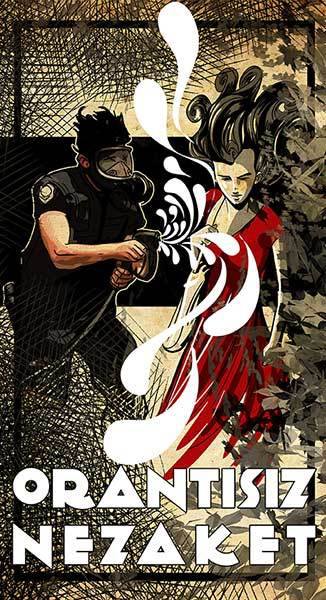
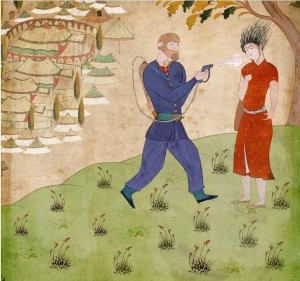
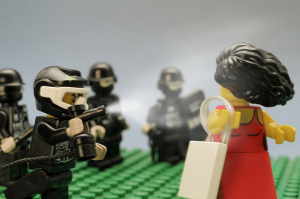
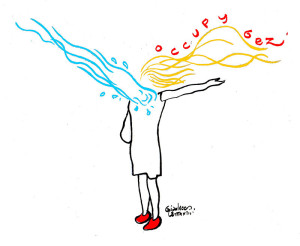
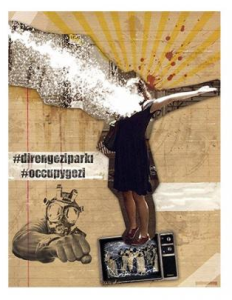
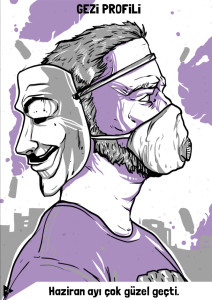
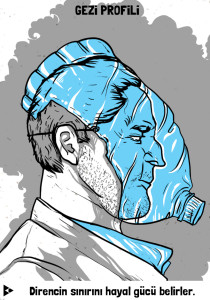
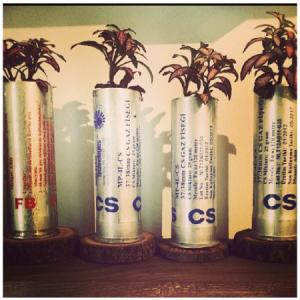
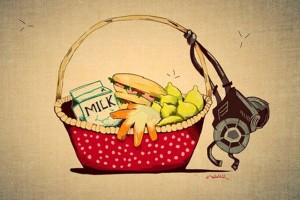
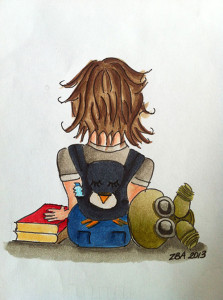
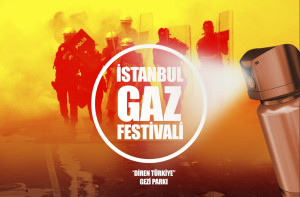
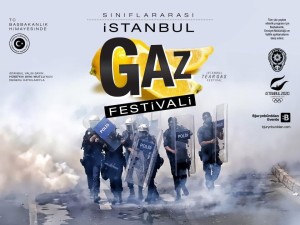
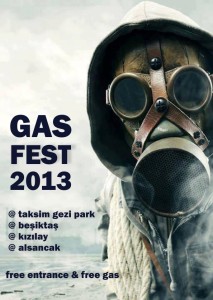
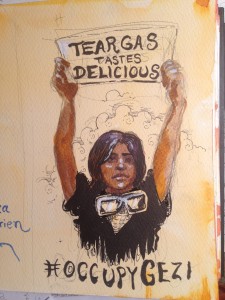
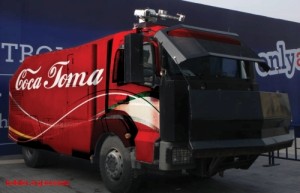
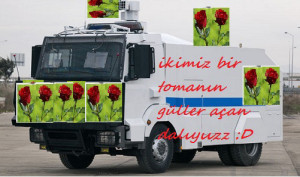
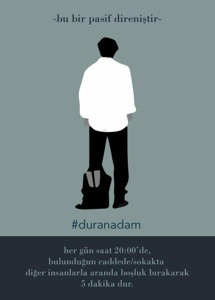
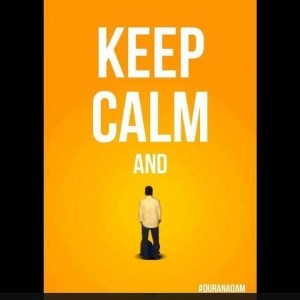
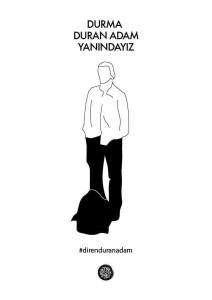
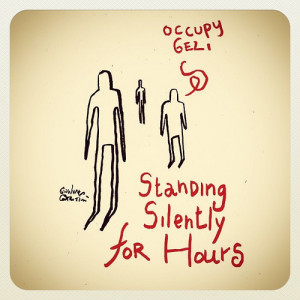
RT @carolina: #abriraqui Mocking violence #occupygezi http://t.co/v7WjhmnRY1 http://t.co/ZrUZzQzZzm
RT @carolina: updating Mocking violence #occupygezi http://t.co/E49wDXDBeI http://t.co/1EIJmwu2Jb
RT @carolina: updating Mocking violence #occupygezi http://t.co/kqfHG81XC8 http://t.co/7w4t20Et6b